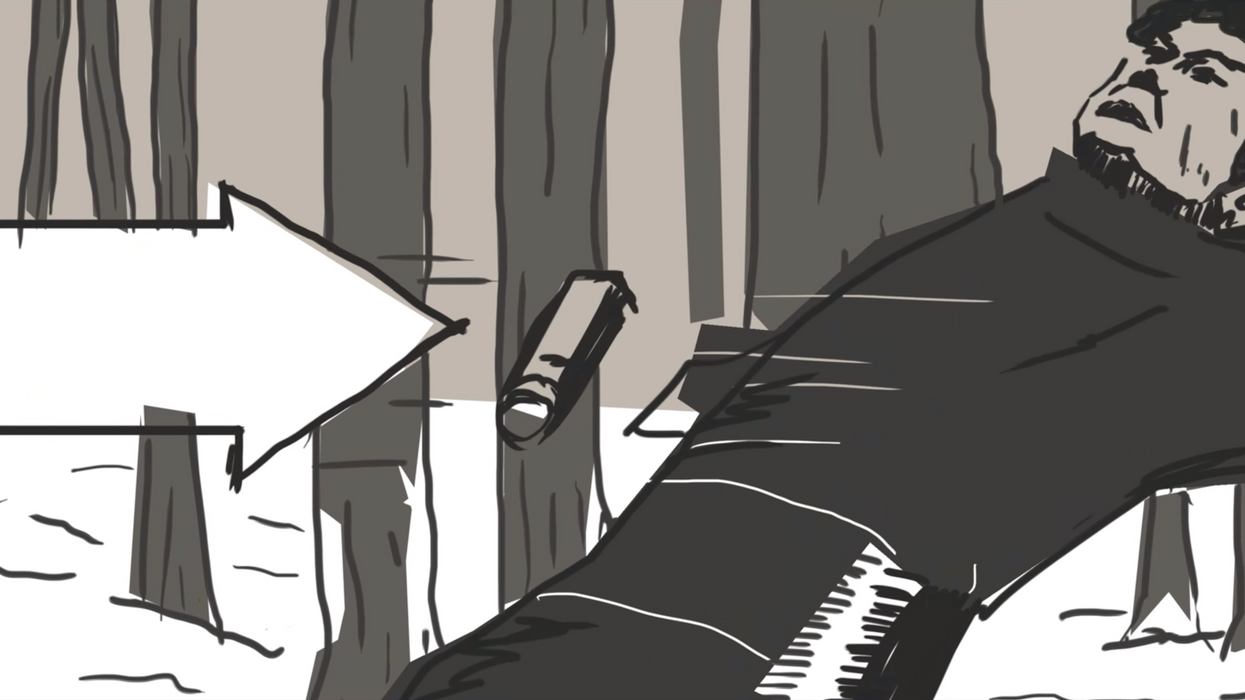Though not technically essential to the filmmaking process, storyboarding is incredibly helpful and important for so many reasons. It helps communicate your vision to your cast, crew, and potential investors, test concepts and actions to see if they work, and locate any problems with the structure or story early before heading into production.
And contrary to what you might think, you don't need to be a fantastic artist to create a storyboard. Really, all that's required is an understanding of some basic storyboarding symbols, essential information to include, and a few other concepts that are mentioned in this video by StudioBinder.
Here are some questions you should ask yourself as you draft your storyboard:
What panel size should I use?
The dimensions of your panels should be the same as the aspect ratio in which you will be shooting your film. This seems like a no-brainer, but I can't count how many times I drew up storyboards and never even thought about this.
I'm ready to draw. Where should I start?
Now that you've got the aspect ratio of your panels, it's time to start drawing. However, before you pull out your pen (or stylus), you need to ask yourself some questions about the shot. What size is the shot? How large is your subject in the shot? Where is your subject located in the shot? These are all things that contain crucial information that 1.) your collaborators will want to know, and 2.) will help you make decisions as you move forward in production.
Is there any camera movement in the shot?
If there isn't any, you're good—you don't need to add anything to your panel. If there is, you'll want to add arrows that indicate what kind of movement is occurring.
Should I add any text?
Yes! You should add any pertinent information in the lines provided below the frame: scene descriptions, selected lines of dialogue, even shot length if it's particularly important.
These tips should help get you started as you draft your first storyboard, but if you someone who already has experience storyboarding, what are some things you can share with beginners? Do you use good old fashioned pen and paper or storyboarding software? Let us know in the comments below!
Source: StudioBinder













